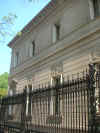 |
New York
Architecture Images-Upper East Side Frick Collection Landmark |
| formerly Henry Clay and Adelaide Childs Frick House, now the Frick Collection and Frick Art Reference Library | |
|
architect |
Carrere & Hastings, 1913-14; entrance pavilion and library, John Russell Pope, 1931-35; garden addition, Harry Van Dyke, John Barrington Bayley, and G. Frederick Poehler, 1977; garden, Russell Page. |
|
location |
One East 70th Street, At Fifth Ave. and 10 East 71st Street |
|
date |
1913 |
|
style |
Neoclassical |
|
construction |
stone |
|
type |
House Gallery |
|
|
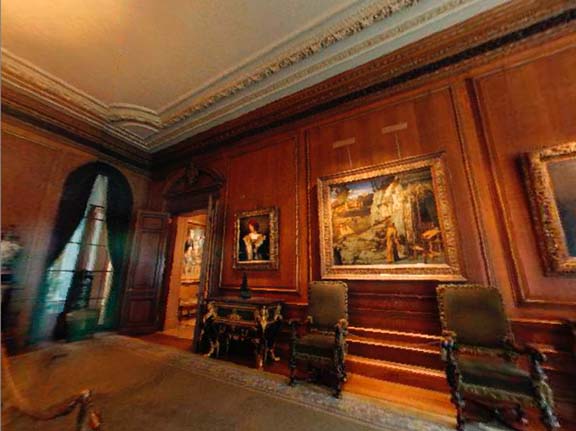 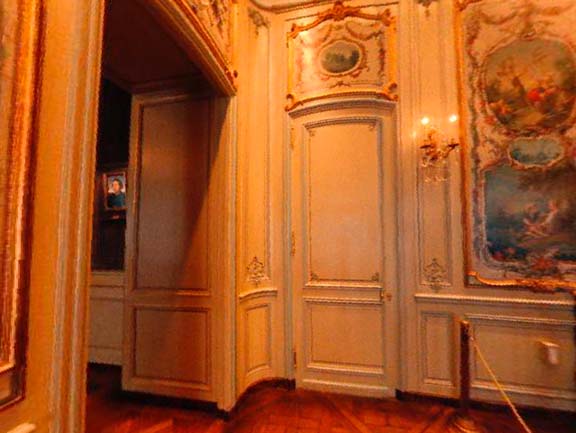 |
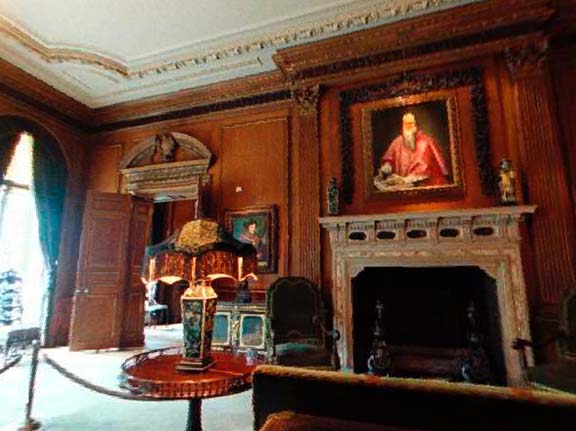 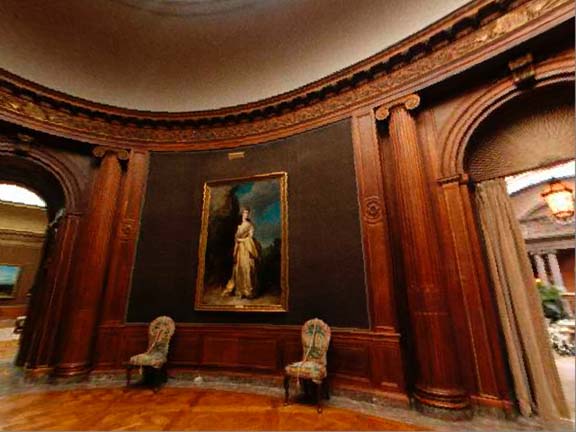 |
|
|
images |
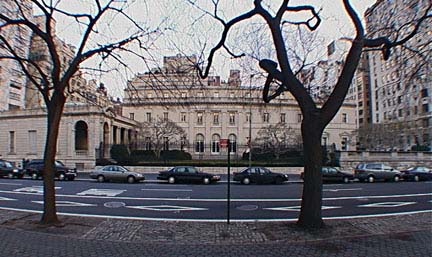 |
|
|
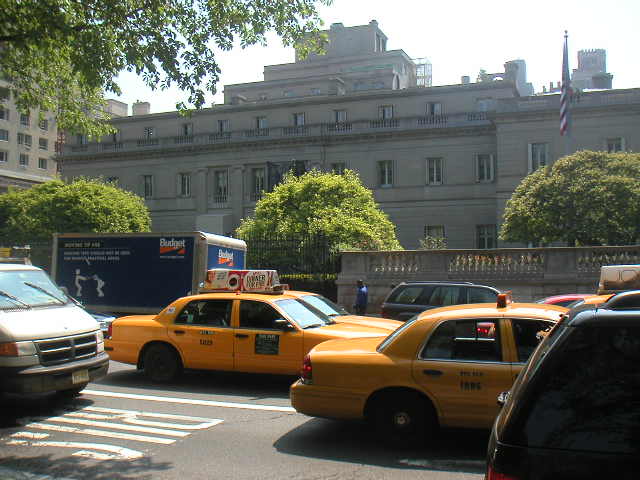 |
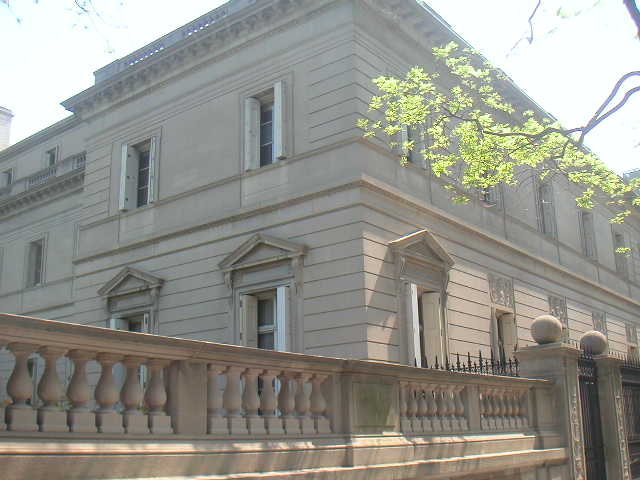 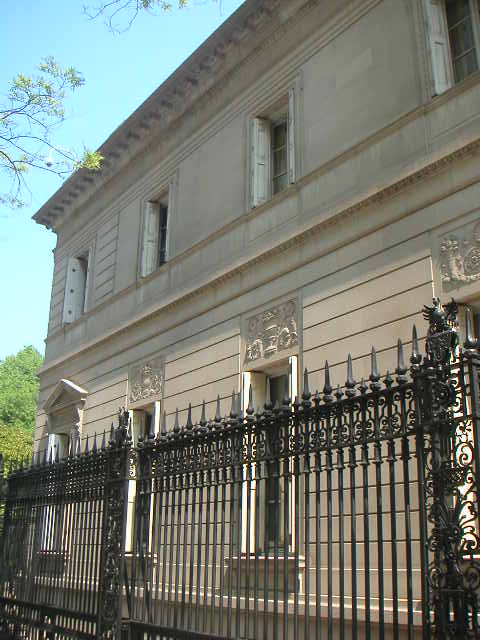 |
|
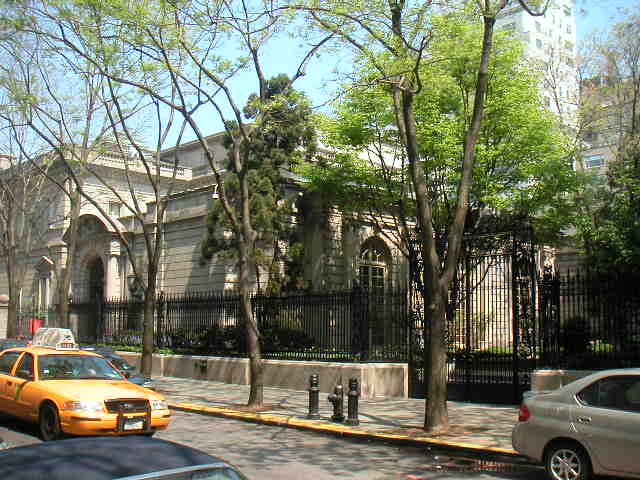 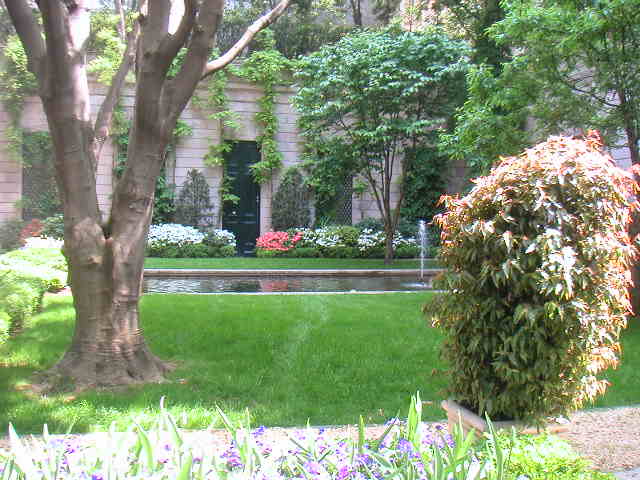 |
|
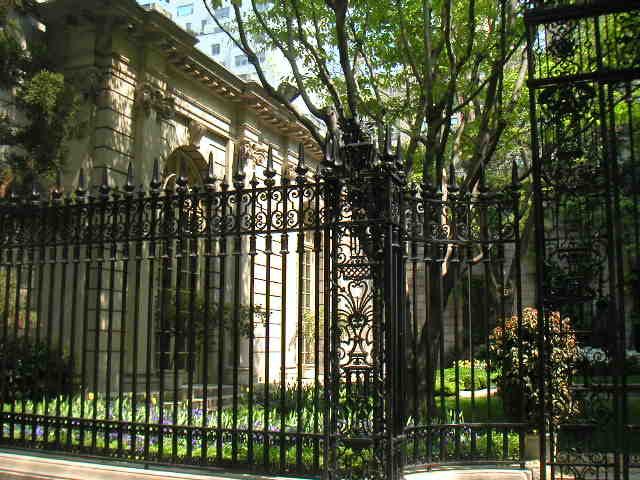 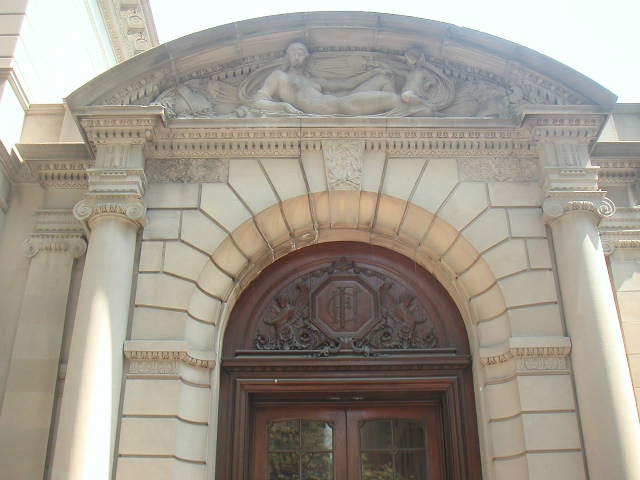 |
|
| The Frick Collection is an elegant museum housed in a former mansion at 1 East 70th Street, in New York City. The collection consists of exceptional works from the Renaissance through the late nineteenth century. Included are some of the world's most celebrated Western artists, such as Constable, Goya, Manet, Monet, Rembrandt, Renoir, and Whistler. The Frick Collection is also the home to delicate French porcelains, Italian bronzes, sculptures, and period furniture. Tours are enhanced by Acoustiguide, which is available in six languages. Friday evenings the Frick will stay open until 9pm with a cash wine bar in the Garden Court. Children under 10 are not permitted and an adult must accompany children under 16. | |
|
An Introduction to The Frick
Collection
A visit to The Frick Collection evokes the
splendor and tranquillity of a time gone by and at the same time
testifies to how great art collections can still inspire viewers today.
Housed in the New York mansion built by
Henry Clay Frick (1849-1919), one of America’s most successful coke
and steel industrialists, are masterpieces of Western painting,
sculpture, and decorative art, displayed in a serene and intimate
setting. Each of sixteen galleries offers a unique presentation of works
of art arranged for the most part without regard to period or national
origin, in the same spirit as Mr. Frick enjoyed the art he loved before
he bequeathed it to the public. |
|
|
The Frick Collection — About
the Architecture
The Frick Collection is housed in the former residence of Henry Clay Frick (1849-1919), the Pittsburgh coke and steel industrialist. The building, erected in 1913-14, was designed by the American architect Thomas Hastings in a style reminiscent of European domestic architecture of the eighteenth century. Mr. Frick bequeathed the residence and the works of art he had collected over a period of forty years to a Board of Trustees, permitting them to add to his collection (almost a third of the paintings were acquired since his death) and to make it a center for the study of art and related subjects. After alterations and extensions were made to the building by John Russell Pope, it was opened to the public in 1935. A further extension, including a reception hall, exhibition galleries on a lower floor, and a garden, was completed in 1977.
|
|
|
Henry Clay Frick and
the History of the Frick Collection
The art of The Frick Collection includes superb examples of Old Masters, English eighteenth-century portraits, Dutch seventeenth-century works of art, Italian Renaissance paintings, Renaissance bronzes, Limoge enamels, Chinese porcelains, and French eighteenth-century furniture. Artists represented in the Collection include Rembrandt van Rijn, Giovanni Bellini, El Greco, Frans Hals, Johannes Vermeer, Francois Boucher, Thomas Gainsborough, Sir Joshua Reynolds, Joseph Mallord William Turner, James McNeill Whistler, Francesco Laurana, Jean-Antoine Houdon, and Severo Calzetta da Ravenna. In 1913, construction began on Henry Frick’s New York mansion at Seventieth Street and Fifth Avenue. The house he erected cost $5,000,000. The firm of Carrère and Hastings designed the house to accommodate Mr. Frick’s paintings and other art objects. Even the earliest plans for the residence take into account Mr. Frick’s intention to leave his house and his art collection to the public, as he knew the Marquess of Hertford had done with his London mansion and comparable collection some years earlier. Mr. Frick changed the arrangements of the rooms as he acquired new works to fill the house. Further alterations were made after his death whenever appropriate, with the single exception of the Living Hall, where the arrangement has remained unchanged for seventy-six years. Mr. Frick died in 1919. In his will, he left the house and all of the works of art in it together with the furnishings (“subject to occupancy by Mrs. Frick during her lifetime”) to become a gallery called The Frick Collection. He provided an endowment of $15,000,000 to be used for the maintenance of the Collection and for improvements and additions. After Mrs. Frick's death in 1931, family and trustees of The Frick Collection began the transformation of the Fifth Avenue residence into a museum. Under the direction of The Frick Collection Organizing Director, Frederick Mortimer Clapp, construction and renovation at the Collection began. The Trustees commissioned John Russell Pope to make additions to the original house, including two galleries (the Oval Room and East Gallery), a combination lecture hall and music room, and the enclosed courtyard. In December 1935 The Frick Collection opened to the public. In 1977, a garden on Seventieth Street to the east of the Collection was designed by Russell Page, to be seen from the street and from the pavilion added at the same time to accommodate increasing attendance at the museum. This new Reception Hall was designed by Harry van Dyke, John Barrington Bayley, and G. Frederick Poehler. Two additional galleries were opened on the lower level of the pavilion to house temporary exhibitions. The Frick Collection, although small, has played a very significant role in collecting and connoisseurship in the United States. The types of paintings collected by Mr. Frick deeply affected the taste of Americans in the decades after his death — first and foremost, that of Andrew Mellon, his close friend, and other collectors who gave to The National Gallery of Art in Washington, D.C., founded by Mellon. Later, the example of The Frick Collection helped determine the nature of museums such as the Kimbell Art Museum in Fort Worth. It was, and continues to be, the model for many other collectors and institutions — whether or not they achieve the standards of collecting or the atmosphere of The Frick Collection as we know it today. |
|
|
Address & Phone 1 E. 70th St. btw Madison & 5th Ave New York, NY 10021-4967 Phone: (212) 288-0700 Fax: (212) 628-4417 Hours Admission
includes the ArtPhone audio guide Children under ten are not admitted to the Collection, and those under sixteen must be accompanied by an adult.
|
|
|
links |
Special thanks to http://www.frick.org |